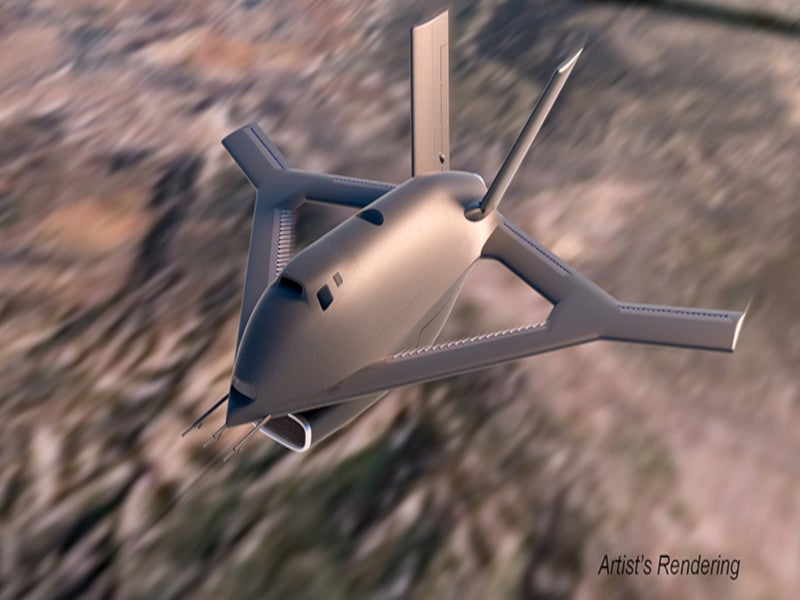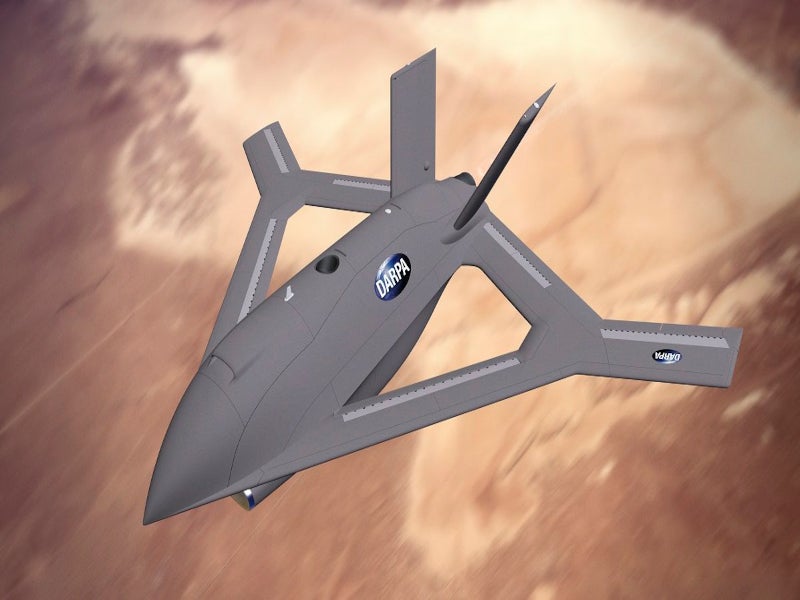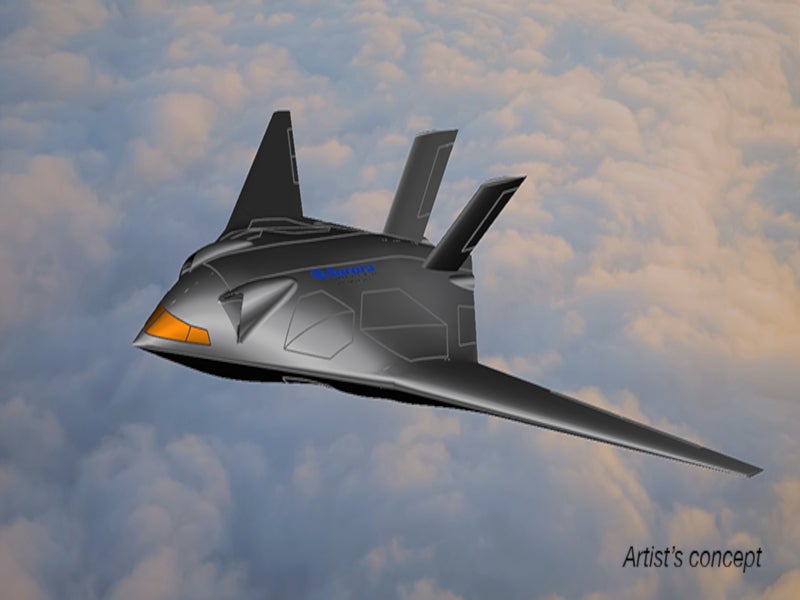X-65 is a technology demonstrator aircraft being developed by Aurora Flight Sciences, a subsidiary of US-based aircraft company Boeing, under the US Defense Advanced Research Projects Agency’s (DARPA) Control of Revolutionary Aircraft with Novel Effectors (CRANE) programme.
The aircraft will demonstrate the potential of active flow control (AFC) as a primary design feature, potentially revolutionising future aircraft design and performance.
X-65 CRANE demonstrator aircraft development details
In November 2020, Aurora Flight Sciences embarked on the development of an experimental X-plane, as part of the DARPA’s CRANE programme.
The initial phase, called Phase 0, involved collaboration with Boeing and the University of Arizona to create tools and methodologies for integrating AFC into early-stage aircraft design.
The subsequent phase included the development of the X-plane demonstrator’s preliminary design, with the objective of showcasing the practical benefits of AFC technology.
The company continued to Phase 1 of the programme in August 2021. Phase 1 encompassed system requirements development, initial design efforts, software creation, and initial airworthiness evaluations.
Wind tunnel testing was also conducted as part of Phase 1 in San Diego, California, US, in May 2022.
These tests provided a solid foundation for the development of flight control laws centred around AFC.
In December 2022, the DARPA allocated funds for the detailed engineering design of a full-scale X-plane, to bring the aircraft closer to flight readiness.
The funding forms part of Phase 2, which includes an option to construct and fly the aircraft in the subsequent phases.
In January 2024, the DARPA chose Aurora Flight Sciences to construct a full-scale X-plane for Phase 3 of the CRANE programme, which will demonstrate the effectiveness of AFC actuators as the primary means of flight control.
The phase involves the creation of an X-plane without conventional moving control surfaces.
X-65 CRANE demonstrator aircraft design and features
The aircraft’s design will focus around an AFC system that directs pressurised air to effectors embedded in all flying surfaces.
Jets of air will be used to manipulate airflow over the aircraft’s surface, with AFC effectors controlling roll, pitch, and yaw.
The absence of external moving parts is expected to reduce weight and complexity while enhancing performance.
Designed as a modular testbed, X-65 will feature interchangeable outboard wings and AFC effectors, allowing for the testing of various AFC designs.
Sensors will monitor the performance of AFC effectors in comparison to traditional control mechanisms, aiding in the understanding of AFC’s potential impact on future aircraft.
X-65 CRANE demonstrator aircraft technical details
The uncrewed full-scale demonstrator will have a wingspan of 30ft and a gross weight of 7,000lb. It will be capable of reaching speeds up to Mach 0.7.
The demonstrator’s size and speed will be similar to that of a military trainer aircraft to ensure that the flight test results are immediately relevant to practical aircraft design.
The distinctive diamond-like wing shape of X-65 will maximise learning about AFC in real-world testing scenarios.
Furthermore, the modular platform design will allow X-65 to serve as a test asset for the DARPA and other agencies beyond the CRANE programme.
Active flow control system and propulsion details
X-65 is purpose-built to test and demonstrate the capabilities of AFC for various effects, including tactical flight control and performance enhancement.
The aircraft will initially be equipped with both traditional flaps and rudders, as well as AFC effectors, to provide a baseline for performance comparison.
Subsequent tests will progressively rely on AFC effectors, minimising the use of moving surfaces.










